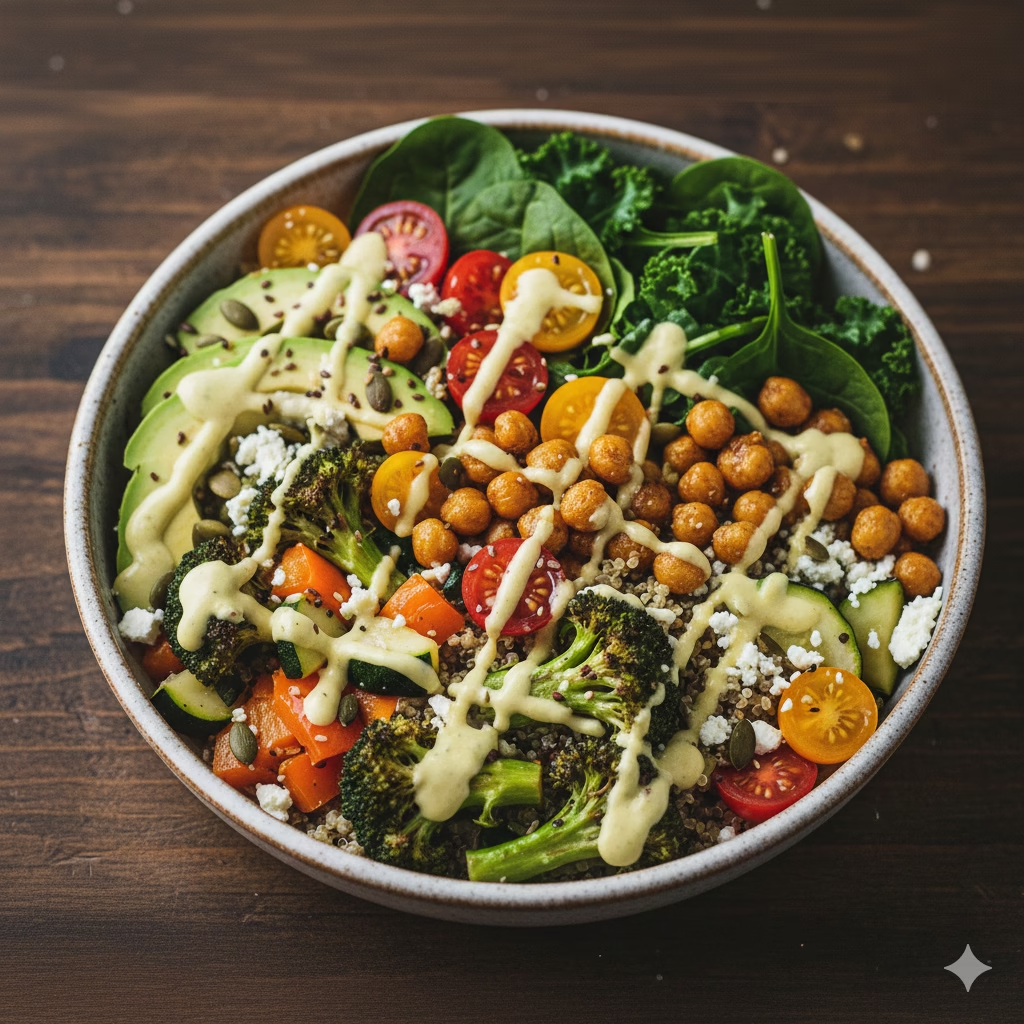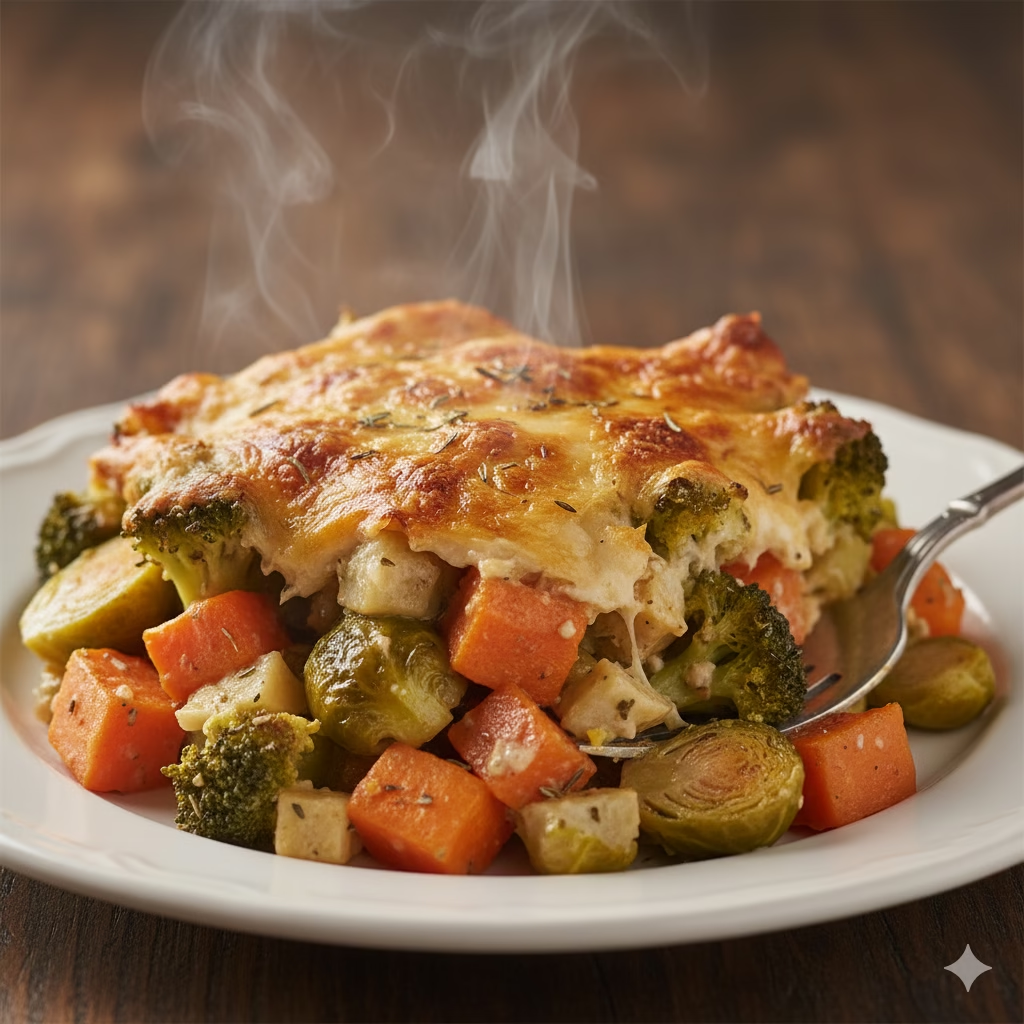
This guide to the best vegetables for a casserole dinner will help you create a hearty, healthy, and delicious meal. Learn how to select the right produce to ensure your dish is packed with flavor and holds up to baking. Discover why certain vegetables are a smart choice for your next comforting casserole.
The Casserole Conundrum: Choosing Your Veggie Stars
Casseroles are the ultimate comfort food—warm, hearty, and often a one-pan wonder that simplifies mealtime. But anyone who has ever pulled a casserole out of the oven only to find a watery, mushy mess knows that not all vegetables are created equal when it comes to a long, slow bake. The key to a successful casserole lies in choosing vegetables that can stand up to the heat, maintain their texture, and absorb the rich flavors of the other ingredients. This isn’t just about avoiding a soggy disaster; it’s about building a dish with a satisfying, wholesome bite.
The right vegetables can transform a simple casserole from good to great. They add vibrant color, a variety of textures, and a significant boost of nutrients. When you select your vegetables with purpose, you’re not just filling the pan; you’re crafting a culinary experience. Think about the earthy sweetness of roasted root vegetables or the pleasant, al dente firmness of a perfectly baked broccoli floret. These are the elements that make a casserole truly shine.
The Best Vegetables for a Perfect Casserole
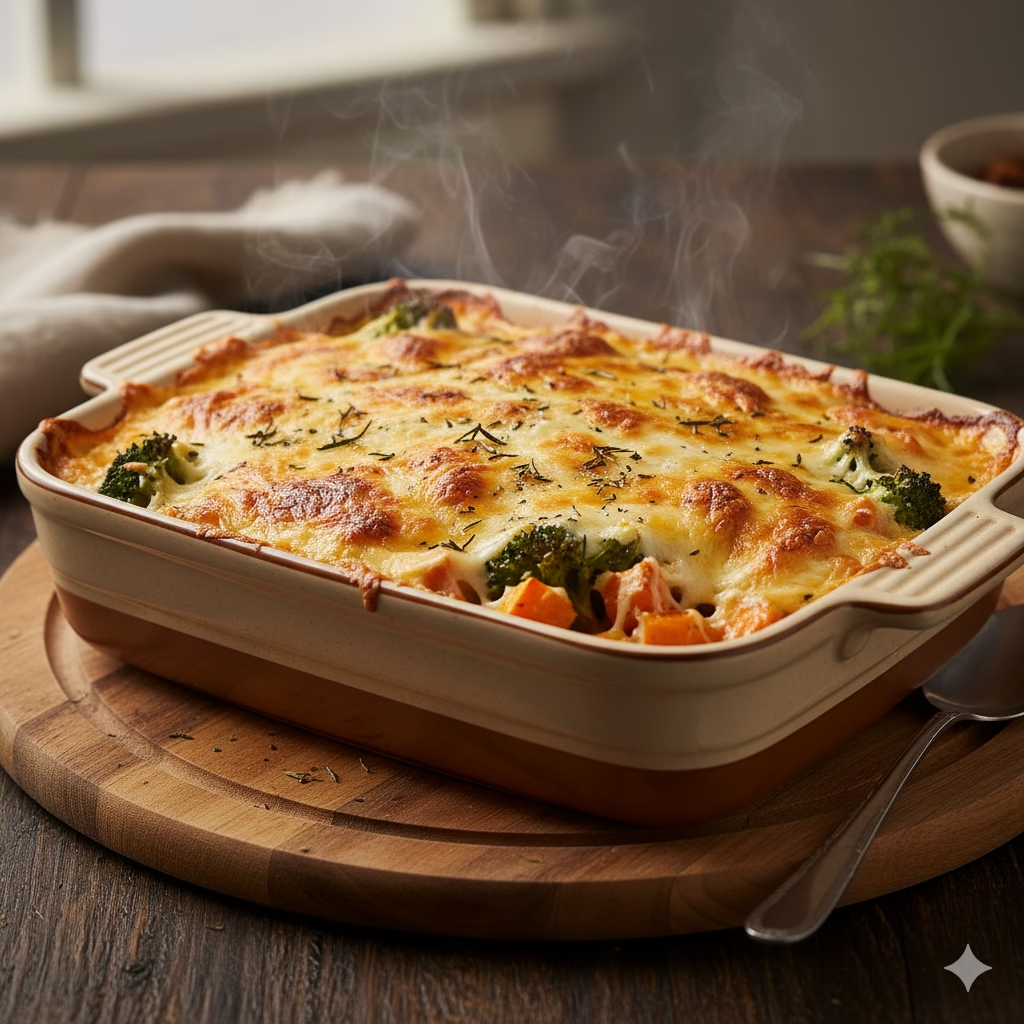
Hardier, sturdier vegetables are the absolute best vegetables for a casserole dinner because they can withstand longer baking times without becoming a soggy or mushy. Excellent choices include root vegetables like carrots, potatoes, sweet potatoes, and parsnips. These vegetables become tender and sweet as they bake, and their robust structure prevents them from disintegrating. Similarly, cruciferous vegetables such as broccoli, cauliflower, and Brussels sprouts hold their shape well and add a pleasant, nutty flavor to the dish.
In contrast, vegetables with a high water content, like zucchini, mushrooms, and spinach, can release a lot of liquid during baking. While they can certainly be included, they often need special preparation, such as pre-roasting or sautéing to remove excess moisture. For a simple and straightforward recipe, it’s best to lean on the vegetables that are naturally built for the heat.
This article will not only share a delicious, easy-to-follow recipe for a Healthy Vegetable Casserole but also provide a deep dive into why certain vegetables are the heroes of the casserole dish. Get ready to create a meal that is as nutritious as it is delicious, and say goodbye to soggy casseroles for good.
Best Vegetables Casserole Recipe
Servings: 6
Time to Prepare: 20 minutes
Time to Cook: 45 minutes
Nutritional Information (per serving, approximate)
Calories: 250
Protein: 12g
Fat: 10g
Carbohydrates: 28g
Fiber: 8g
Vitamin A: 150% DV
Vitamin C: 70% DV
Equipment
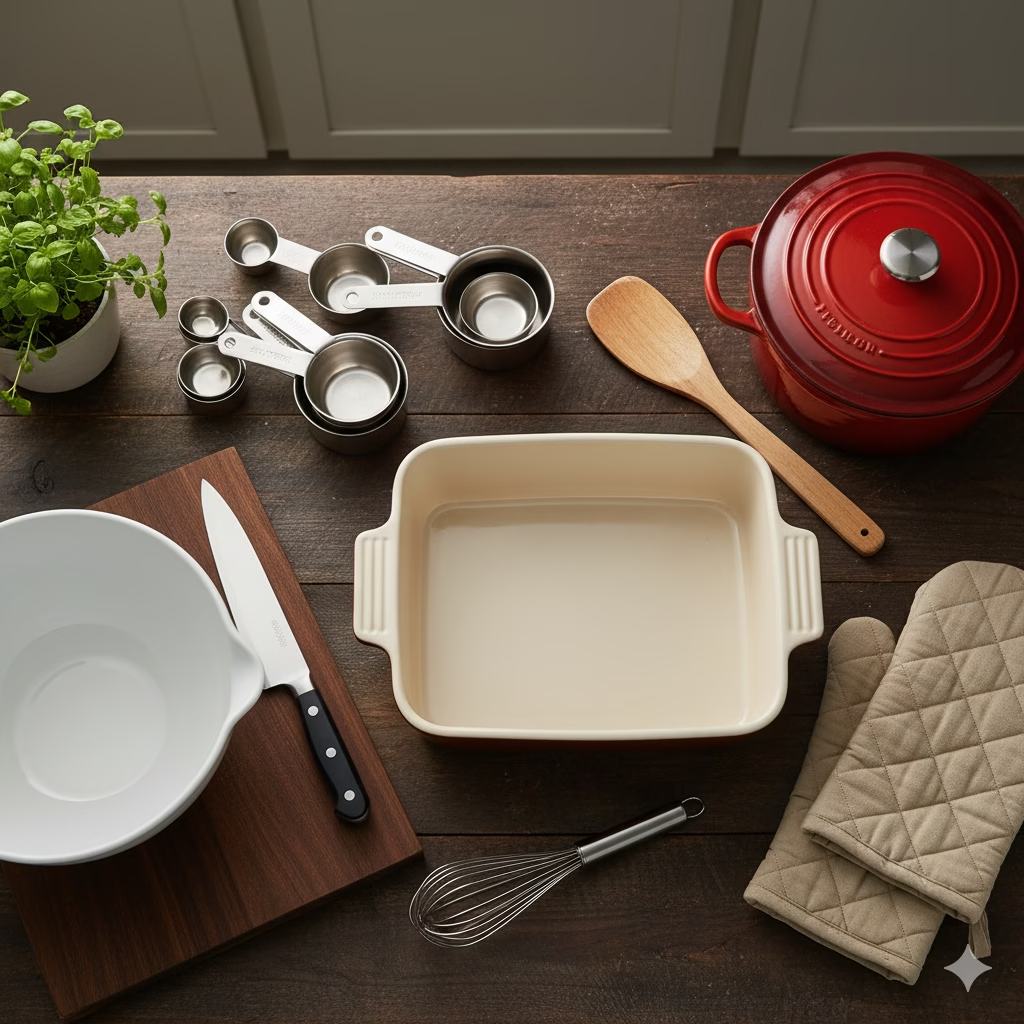
- Large cutting board
- Sharp chef’s knife
- Large mixing bowl
- 9×13 inch baking dish
- Measuring cups and spoons
- Large pot or Dutch oven (for pre-cooking)
- Spatula or mixing spoon
Ingredients for the Best Vegetables
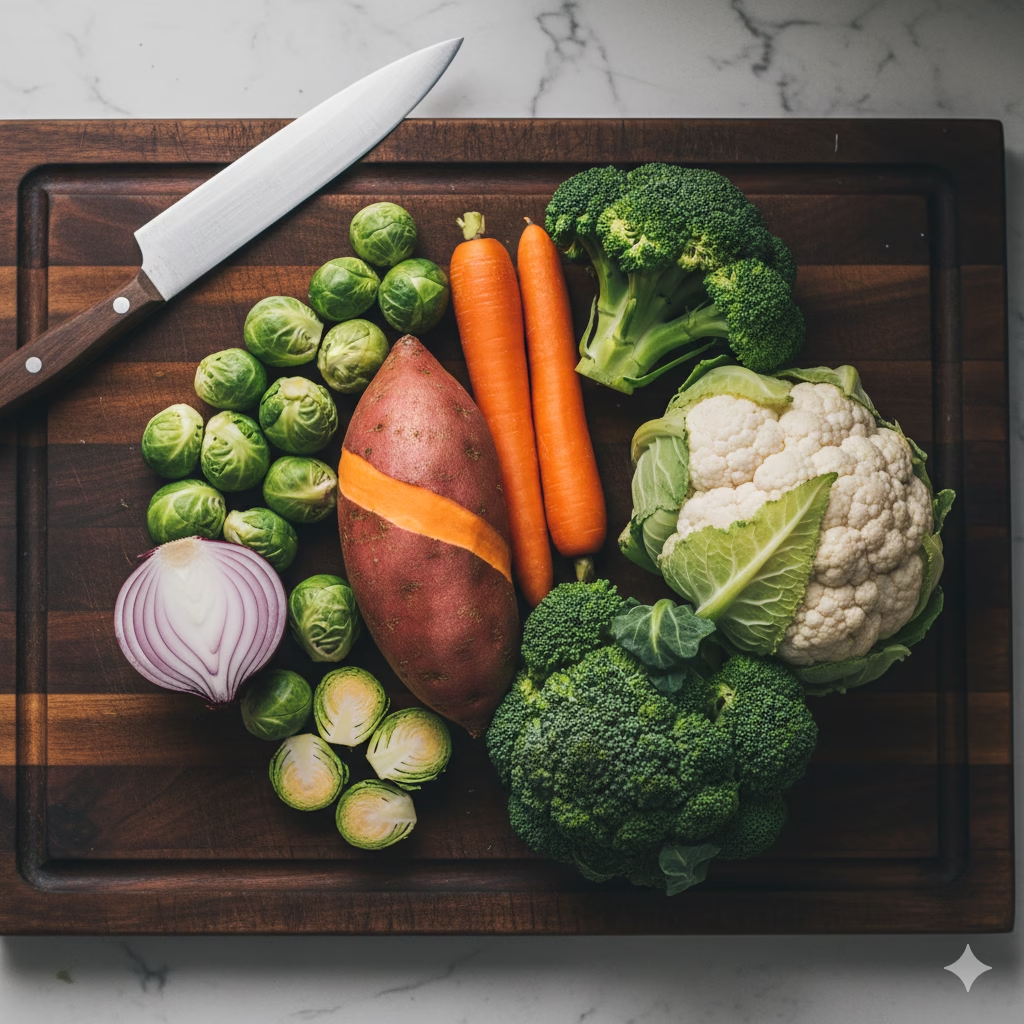
- 1 large sweet potato, peeled and diced into 1-inch cubes
- 2 carrots, peeled and sliced into 1/2-inch rounds
- 1 head of broccoli, cut into bite-sized florets
- A head of cauliflower, cut into bite-sized florets
- 1 cup of Brussels sprouts, trimmed and halved
- 1 large red onion, chopped
- 2 cloves of garlic, minced
- 1 tablespoon of olive oil
- 1 can (15 ounces) of chickpeas, rinsed and drained
- 1/2 cup vegetable broth
- 1/2 cup milk of choice (almond, oat, or dairy)
- Half cup shredded cheese (cheddar, mozzarella, or a plant-based alternative)
- 1/2 teaspoon dried thyme
- 1/2 teaspoon dried rosemary
- Salt and black pepper to taste
- Optional: 1/4 cup breadcrumbs or crushed nuts for topping
Instructions for the Best Vegetables
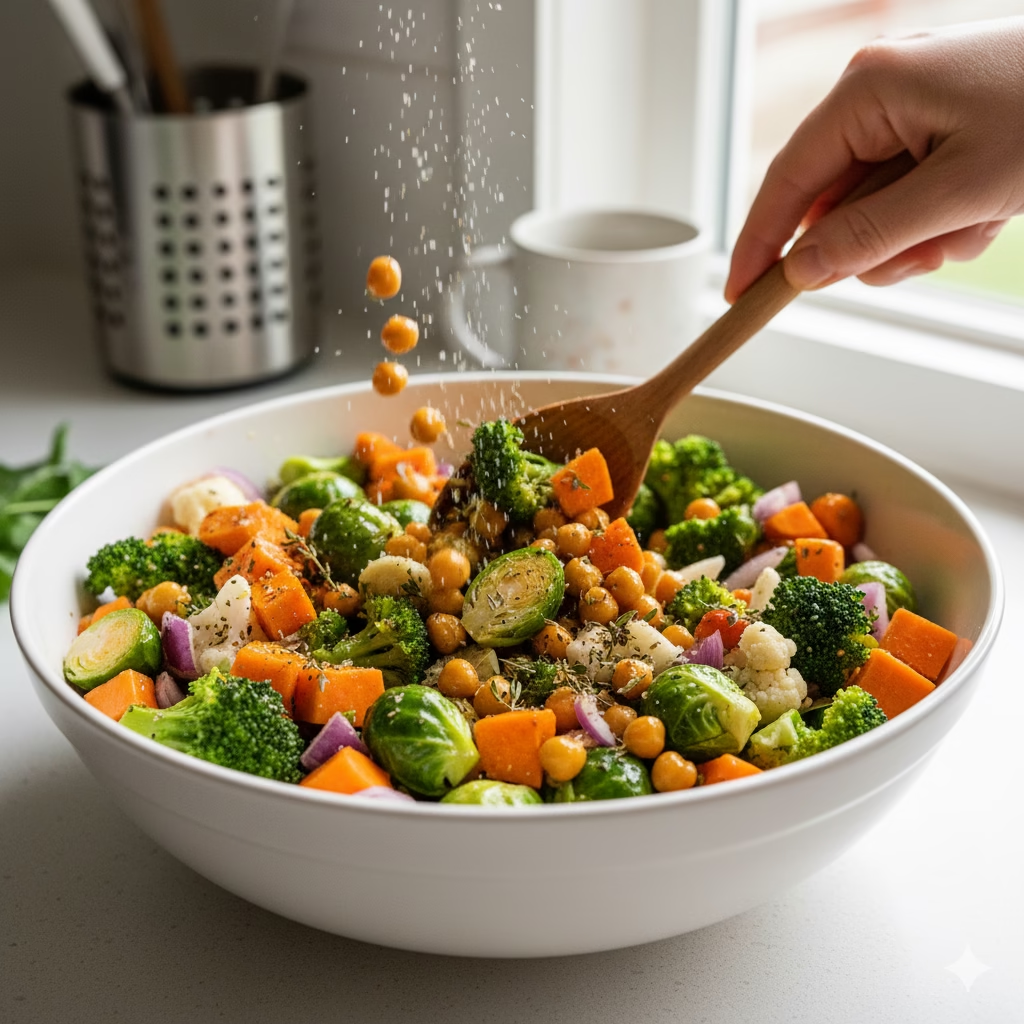
Preheat and Prepare: Begin by preheating your oven to 400°F (200°C). As the oven heats up, lightly grease your 9×13 inch baking dish with a little bit of olive oil or cooking spray. This step will prevent the vegetables from sticking and make cleanup much easier.
Chop Your Veggies: On your cutting board, carefully chop the sweet potato, carrots, broccoli, cauliflower, Brussels sprouts, and red onion as specified in the ingredients list. Aim for uniform sizes for all the vegetables so they cook evenly. This is a crucial step to avoid some vegetables being undercooked while others are overcooked.
The Sauté Start (Optional but Recommended): While you can just toss all the raw vegetables in the baking dish, a quick sauté on the stovetop first can really enhance the final flavor. In a large pot or Dutch oven, heat the olive oil over medium-high heat. Add the chopped sweet potatoes, carrots, and red onion. Sauté for 5-7 minutes, stirring occasionally, until they just begin to soften and the onion becomes fragrant and translucent. This step brings out their natural sweetness and helps build a deeper flavor foundation for the casserole.
Combine All Ingredients: Now, transfer the slightly sautéed vegetables to a large mixing bowl. Add the raw broccoli and cauliflower florets, Brussels sprouts, minced garlic, and the chickpeas. Pour in the vegetable broth and your milk of choice. Sprinkle the dried thyme, rosemary, salt, and black pepper over the top. Using a large spoon or spatula, gently toss everything together until all the vegetables are evenly coated in the liquid and seasonings.

Assemble the Casserole: Carefully spoon the entire vegetable mixture into your prepared baking dish, spreading it out into an even layer. Make sure the vegetables are nestled closely together but not so packed that they can’t cook evenly.
Add the Topping: Sprinkle the shredded cheese evenly over the top of the vegetables. If you’re using breadcrumbs or crushed nuts for an extra layer of crunch, sprinkle them on top of the cheese as well.
Bake to Perfection: Place the baking dish in the preheated oven. Bake for 40-45 minutes. The casserole is ready when the vegetables are fork-tender and the cheese on top is melted, bubbly, and a beautiful golden brown. You may need to adjust the time slightly depending on your oven.
Rest and Serve: Once the casserole is out of the oven, let it sit for about 5 minutes before serving. This allows the flavors to settle and makes it easier to serve. Serve warm and enjoy your healthy, hearty, and delicious meal!
How to Cook the Best Vegetables for a casserole
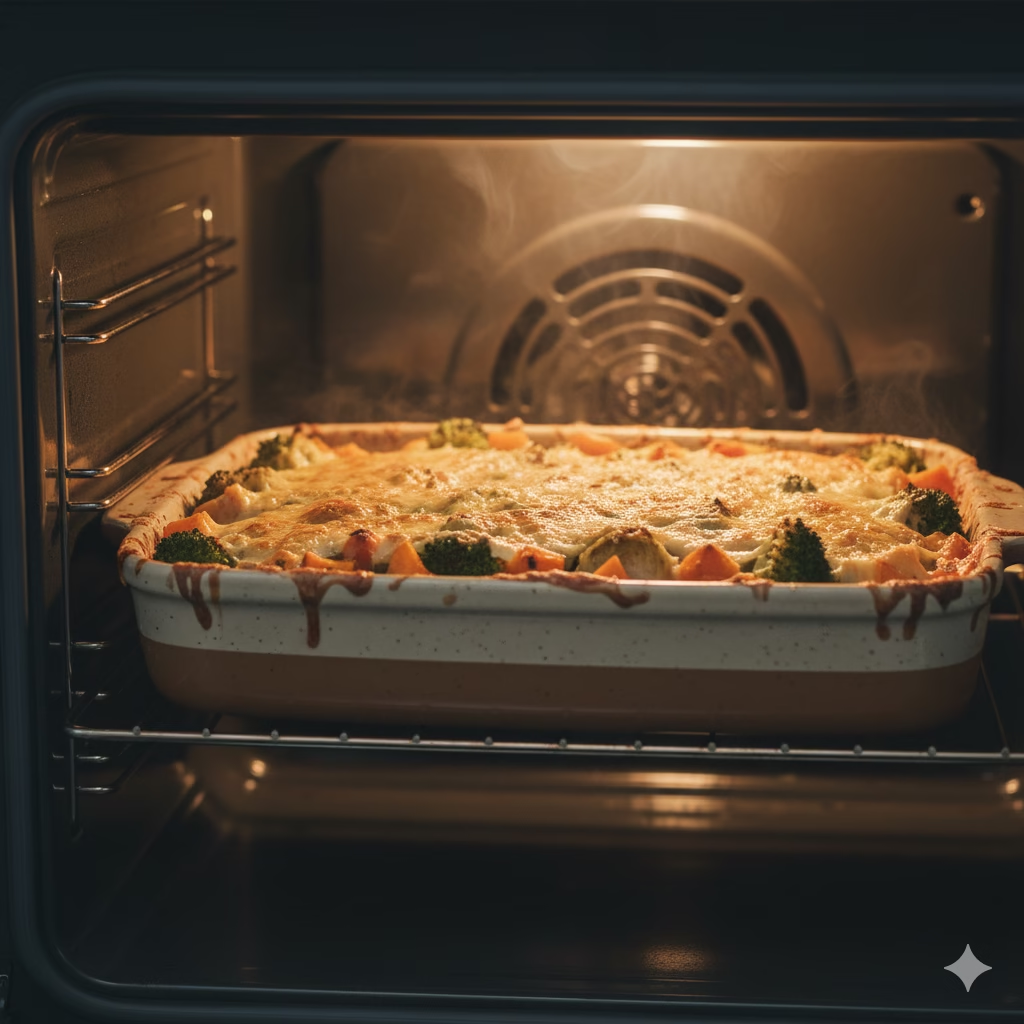
This recipe is designed for oven baking, but you can achieve great results with other methods as well.
Oven Baking
This is the standard and recommended method for this recipe. It allows the vegetables to roast and tenderize evenly, and the cheese to get a perfect golden-brown crust. Ensure your oven is fully preheated for the best results.
Slow Cooker (Crock-Pot)
For a “set it and forget it” approach, this recipe can be adapted for a slow cooker.
- Preparation: Sauté the sweet potato, carrots, and onion as instructed.
- Combine: Place all ingredients (except the cheese and any breadcrumb topping) into your slow cooker.
- Cook: Cook on low for 4-6 hours or on high for 2-3 hours, until vegetables are tender.
- Finish: Stir in the cheese at the end and let it melt, or transfer to an oven-safe dish, top with cheese, and broil for a few minutes until bubbly. Note that the slow cooker version will be less “roasted” and more “stew-like” in texture.
Stovetop Skillet
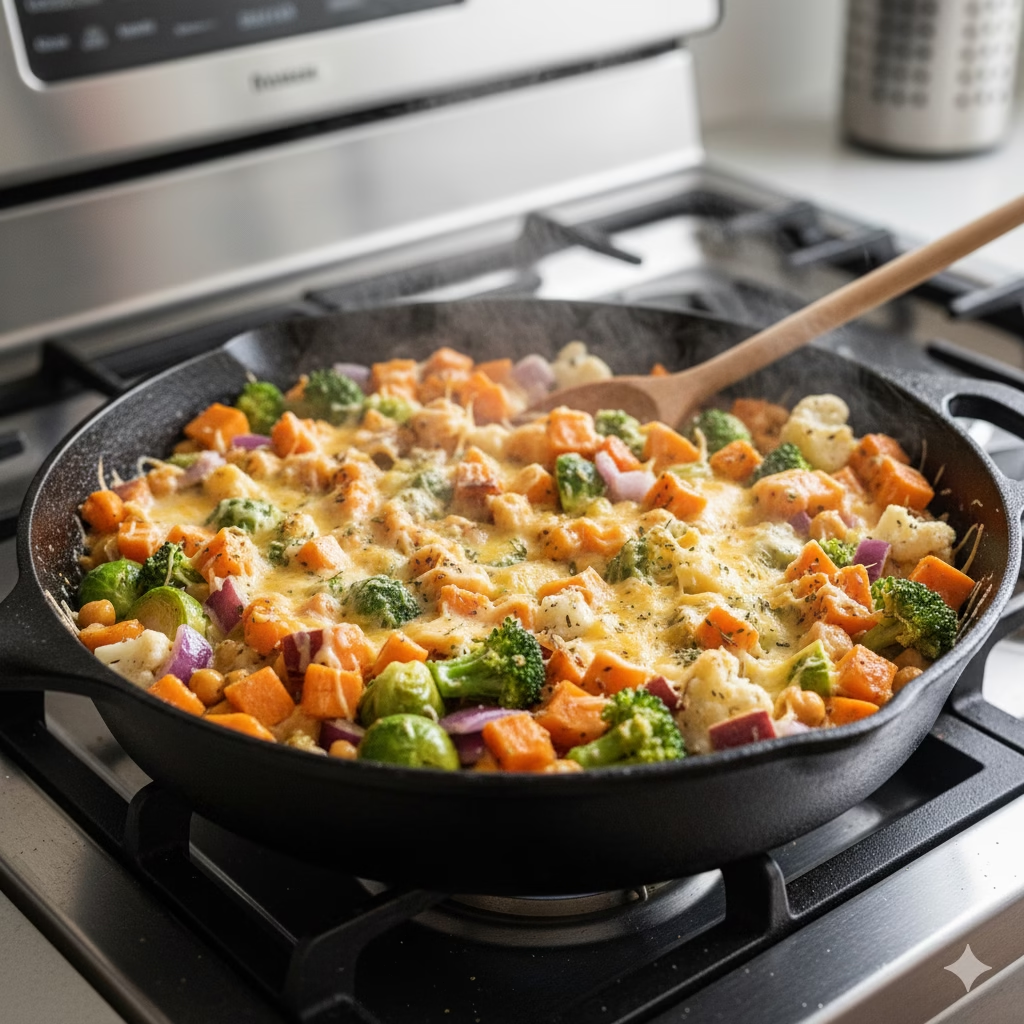
This method is great if you’re in a hurry, though it won’t produce the same roasted flavor.
- Sauté: Follow step 3 of the instructions, using a large skillet with a lid.
- Add & Simmer: After the initial sauté, add the rest of the vegetables, chickpeas, vegetable broth, milk, and seasonings. Stir to combine.
- Cover & Cook: Bring to a simmer, then reduce heat to low, cover, and cook for 15-20 minutes, or until vegetables are tender.
- Finish: Stir in the cheese and let it melt before serving.
Benefits of The Best Vegetables for a Casserole
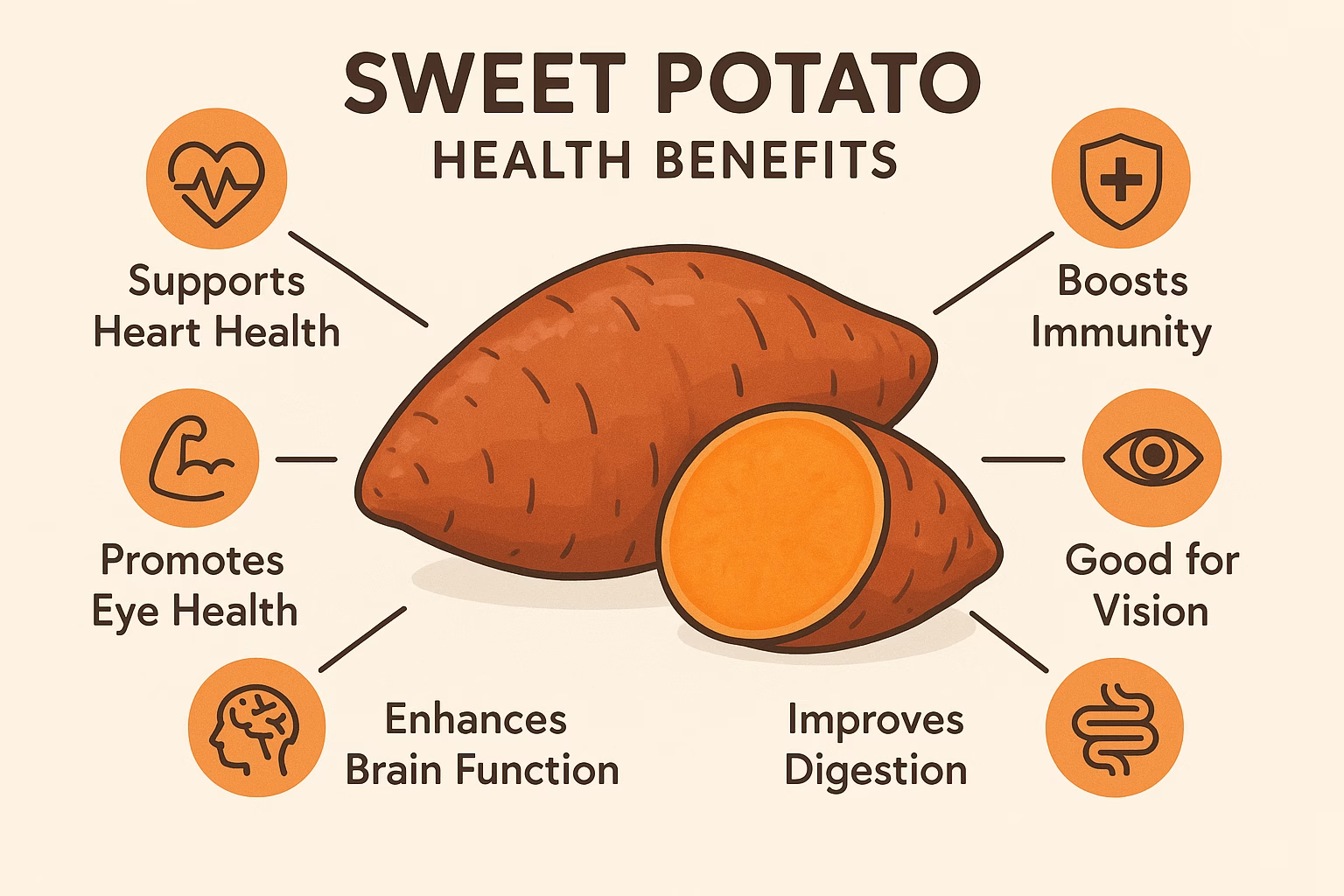
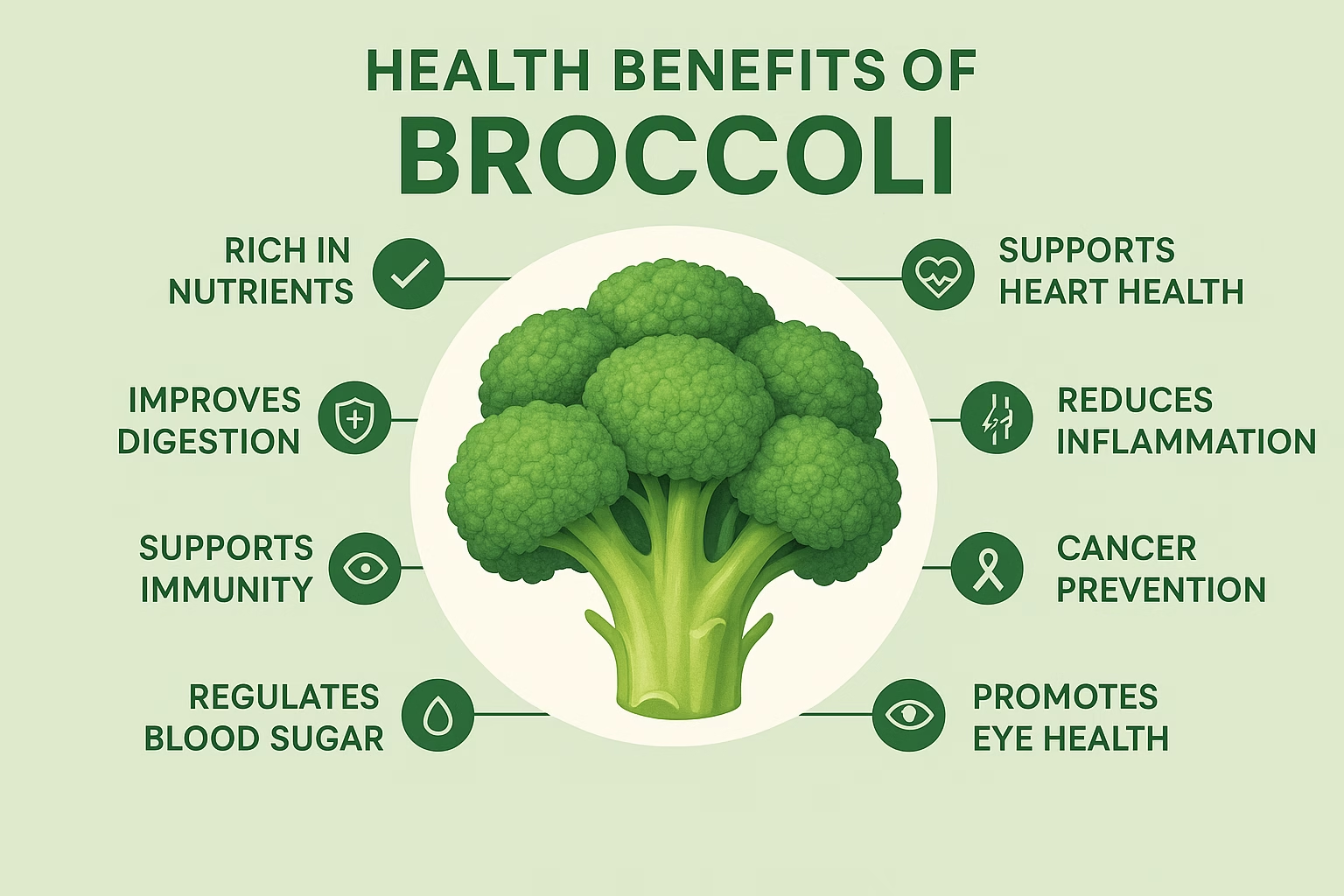
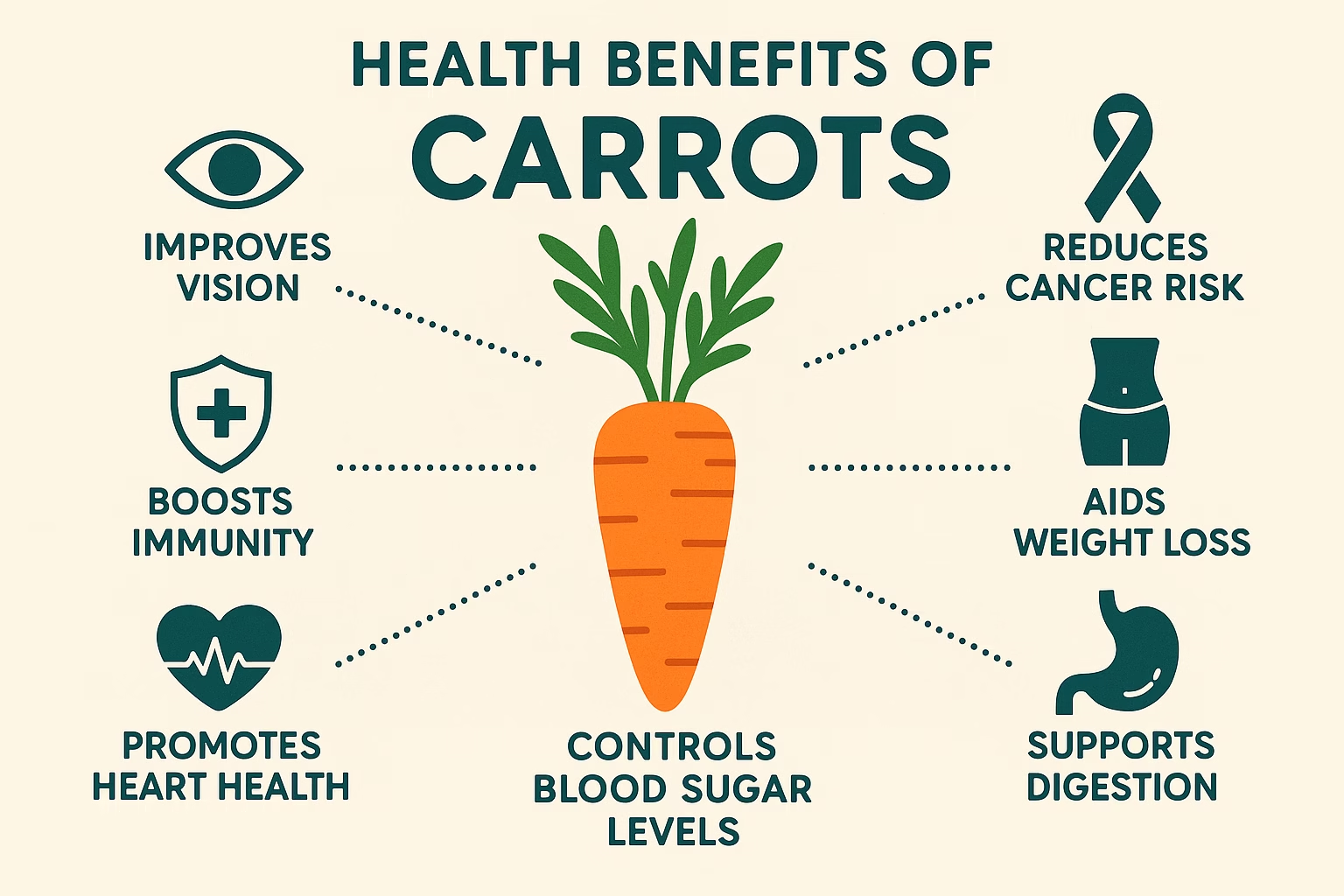
This recipe is more than just a delicious dinner—it’s a nutritional powerhouse.
- Rich in Fiber: The combination of sweet potato, carrots, broccoli, and Brussels sprouts provides a significant amount of dietary fiber, which is crucial for digestive health and helps you feel full and satisfied.
- Packed with Vitamins and Minerals: This casserole is an excellent source of Vitamin A from the carrots and sweet potatoes, Vitamin C from the broccoli and cauliflower, and a variety of B vitamins, potassium, and magnesium.
- Plant-Based Protein: The chickpeas add a healthy dose of plant-based protein, which is essential for muscle repair and overall body function.
- Heart-Healthy Ingredients: Using olive oil and nutrient-dense vegetables makes this a heart-healthy meal. It’s low in saturated fat and cholesterol, making it a great choice for a balanced diet.
Variations: Customize Your Casserole
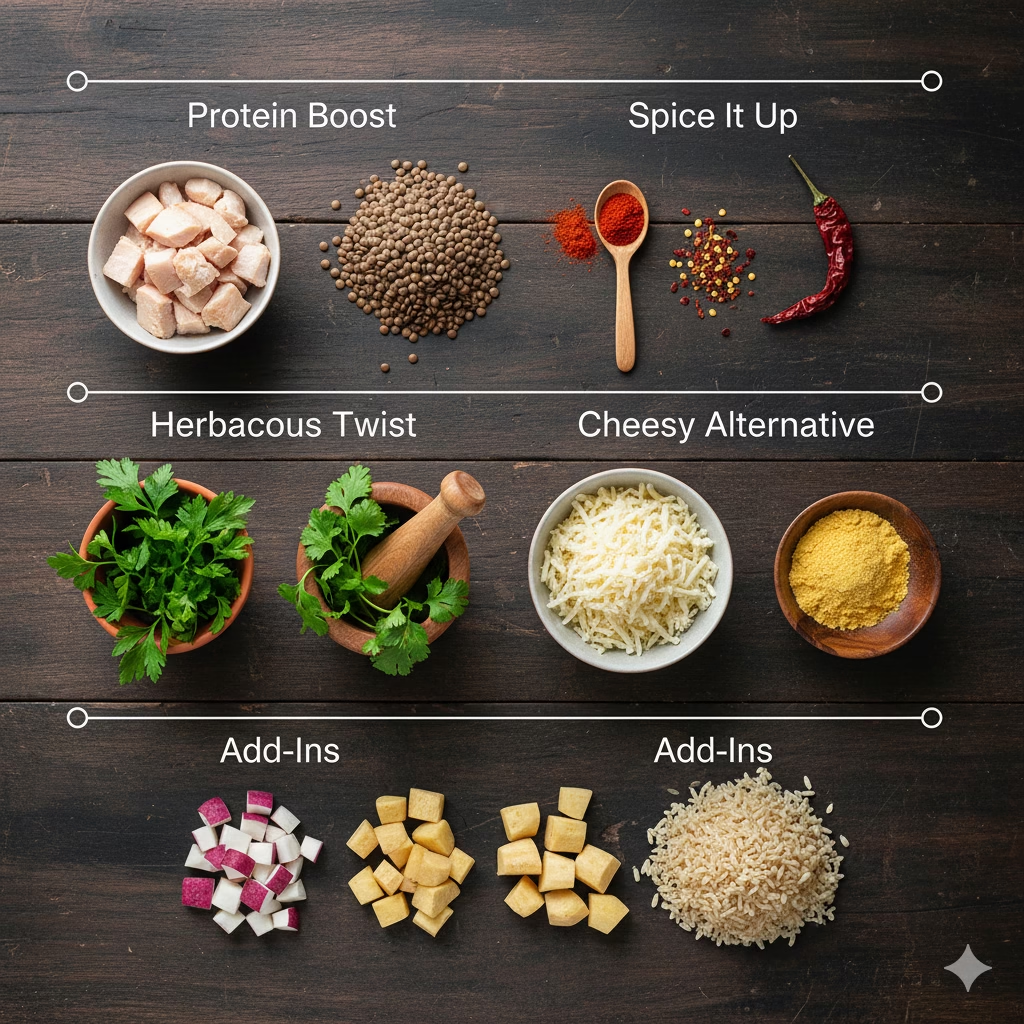
| Ingredient Swap | Reason/Benefit | Example |
| Protein Boost | For a heartier meal, add a lean protein source. | Cooked chicken breast, ground turkey, or lentils. |
| Spice It Up | Introduce new flavor profiles with different spices. | Add 1/2 teaspoon of paprika or a pinch of red pepper flakes for heat. |
| Herbaceous Twist | Fresh herbs can brighten the entire dish. | Use fresh parsley or cilantro instead of dried herbs. |
| Cheesy Alternative | Customize the cheese or make it dairy-free. | Nutritional yeast for a nutty flavor, or a plant-based cheese alternative. |
| Add More Veggies | Include other sturdy vegetables to change the texture and flavor. | Diced turnips, parsnips, or chopped fennel. |
| Grains for Bulk | For a more substantial, one-pot meal, add a whole grain. | Add 1 cup of cooked quinoa or brown rice to the mix. |
Final Thoughts on the Best Vegetables
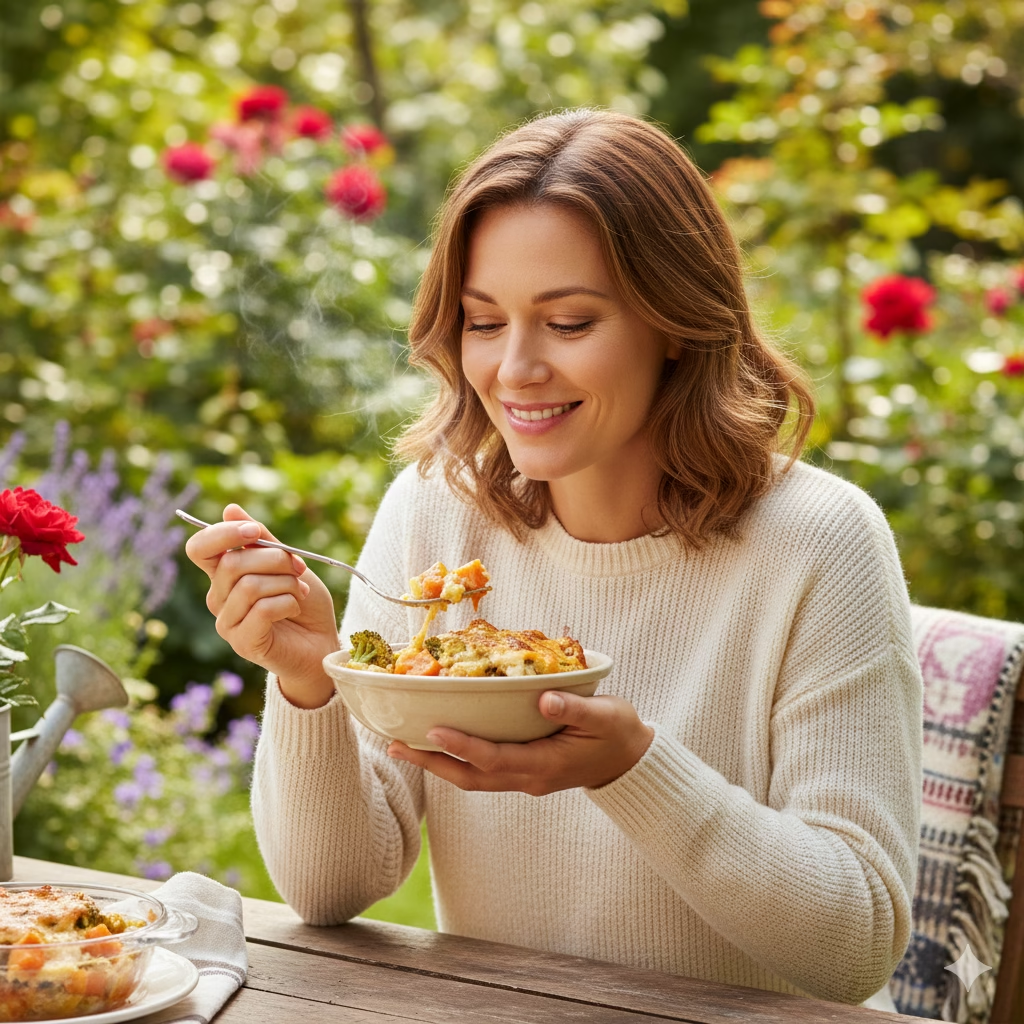
Creating a delicious, healthy casserole is all about making smart choices from the very beginning. By selecting the best vegetables that can handle the heat and absorb flavor, you’re setting yourself up for a culinary success. This recipe serves as a fantastic blueprint, but don’t be afraid to get creative and experiment with your favorite sturdy vegetables. A casserole isn’t just a meal—it’s an opportunity to pack a punch of nutrition and flavor into a single, satisfying dish. So, go ahead, grab your veggies, and get baking. Your taste buds and your body will thank you!
Frequently Asked Questions (FAQs)
Q: Can I use frozen vegetables in this recipe?
A: Yes, you can use frozen vegetables! Opt for frozen broccoli, cauliflower, or carrots. There’s no need to thaw them beforehand. Simply add them to the mixture, but you may need to add an extra 5-10 minutes to the cooking time as they have a lower initial temperature.
Q: How can I make this casserole gluten-free?
A: This recipe is naturally gluten-free if you use a gluten-free breadcrumb topping or opt for a topping like crushed nuts or seeds. Make sure your vegetable broth is certified gluten-free as well. The recipe is also dairy-free if you use a plant-based milk and cheese.
References
- American Heart Association – How to Eat More Fruit and Vegetables
- The Nutrition Source – What Should I Eat?
- Eatright – Love Your Heart, Love Your Food
Recent Posts
